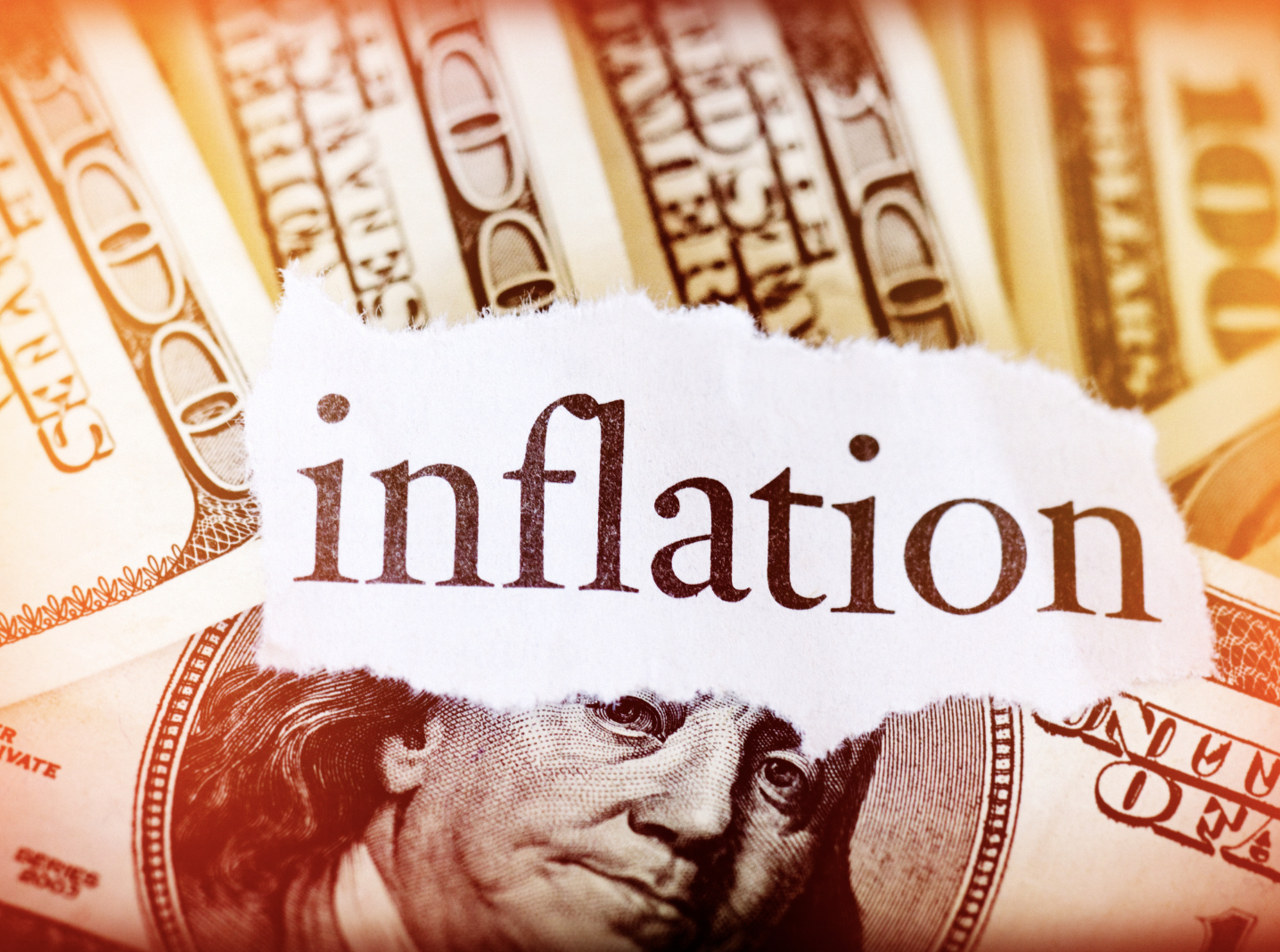A closely-watched report on US inflation revealed that consumer price increases cooled further in June, according to the latest data from the Bureau of Labor Statistics released Thursday morning. The Consumer Price Index (CPI) declined by 0.1% over the previous month and increased by just 3.0% over the prior year in June. This marks a deceleration from May’s flat month-over-month increase and a 3.3% annual gain in prices. Both measures beat economist expectations of a 0.1% monthly increase and a 3.1% annual gain.
Notably, this is the first time since May 2020 that monthly headline CPI came in below 0%. It’s also the slowest annual gain in prices since March 2021.
On a “core” basis, which strips out the more volatile costs of food and gas, prices in June climbed 0.1% over the prior month and 3.3% over the last year, cooler than May’s data. Economists had expected a 0.2% monthly uptick in core prices and a 3.4% year-over-year increase.
The markets responded positively to the report, with the 10-year Treasury yield (^TNX) falling about 9 basis points to trade around 4.2%.
Inflation has remained stubbornly above the Federal Reserve’s 2% target on an annual basis. However, recent economic data has helped fuel a narrative that the central bank might consider cutting rates sooner rather than later. Immediately following Thursday’s encouraging inflation data, markets were pricing in a roughly 87% chance that the Federal Reserve would begin to cut rates at its September meeting, up from 75% a day prior, according to data from the CME Group.
https://www.thefinance360.com/2024/07/10/us-federal-reserve-chair-jay-powell-hails-considerable-progress-in-tackling-inflation/
The data adds to other signals for potential rate cuts across the labor market and economy. On Friday, the Bureau of Labor Statistics showed that the labor market added 206,000 nonfarm payroll jobs last month, ahead of the 190,000-plus expected by economists. However, the unemployment rate unexpectedly rose to 4.1%, up from 4% the previous month, marking the highest reading in almost three years.
The Fed’s preferred inflation gauge, the so-called core PCE price index, also showed that inflation eased in May. The year-over-year change in core PCE came in at 2.6% over the prior year in May, in line with estimates and representing the slowest annual gain in more than three years.
Paul Donovan, Chief Economist at UBS Global Wealth Management, commented on the broader implications of the inflation data: “The world economy is embarking on a period of profound structural change. Such episodes often create significant changes in wealth patterns. At the same time, wealth is needed to finance the investment in both technology and people that will allow humanity and the planet to thrive in the brave new world. Knowing where and how wealth is held is essential to mobilizing it effectively.”
https://www.thefinance360.com/2024/07/11/global-wealth-report-2024-growth-returns-to-4-2-offsetting-2022-slump/
As inflation continues to show signs of cooling, the financial markets and economic analysts are keenly observing how these trends will influence the Federal Reserve’s policy decisions in the coming months.





